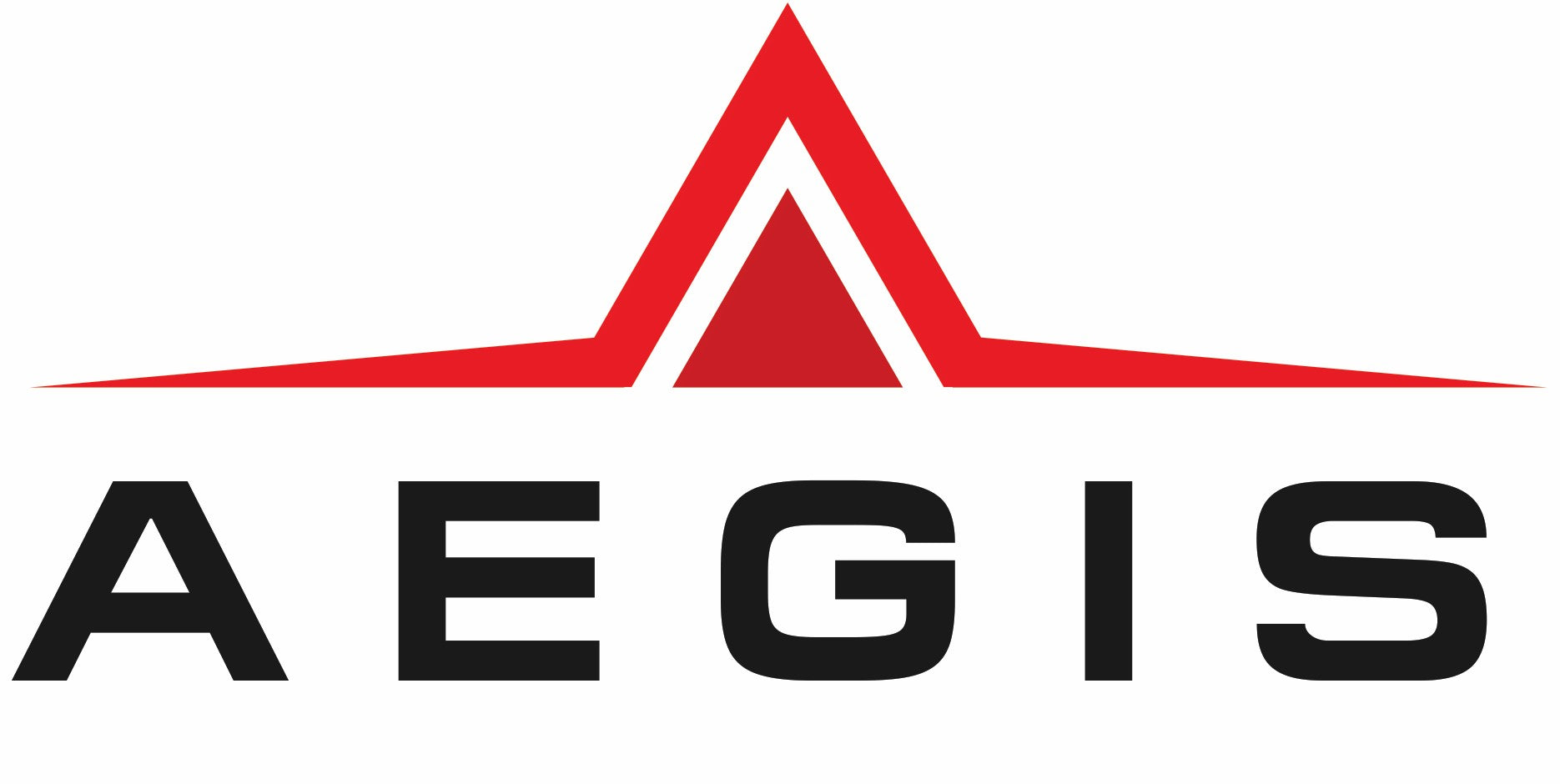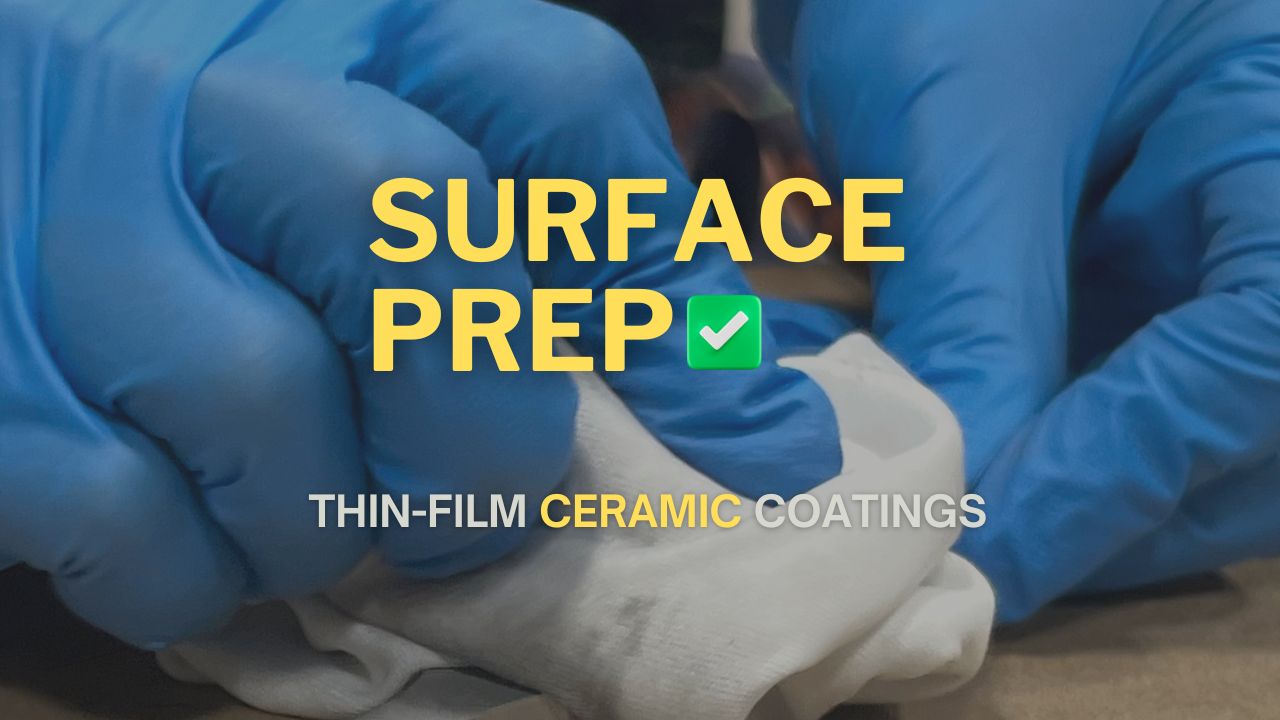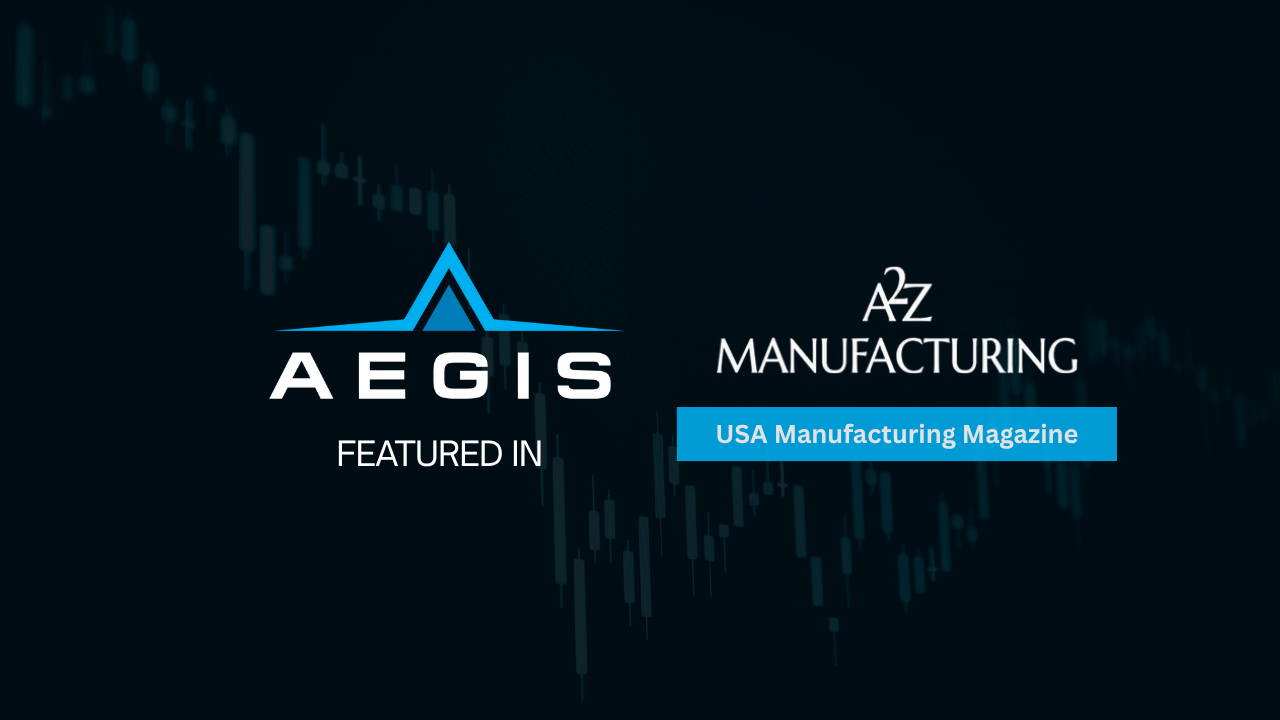Thin-film ceramic paint coatings are a liquid coating that bonds to a large number of common substrates.
Known for extremely thin layers of coating, they are used for multiple applications where aesthetics, corrosion resistance and non-toxicity are key.
AEGIS AECH is different from other leading thin-film coatings in that it has UV-stability and is resistant to color fading in outdoor situations.
While color fading is often an issue with ceramic coatings, AEGIS is formulated and 2nd party tested to maintain color hue integrity even after years of exposure to sunlight.
Due to AEGIS being a new epoxy hybrid coating product, the range of substrates that have been successfully coated so far includes ferrous and non-ferrous metals, 3D printed plastics, commercial plastics, alloys, glass, composites and wood.

While these coatings have been popular for industries like automative parts, firearms and electronics, AEGIS offers the benefit of expanding into other industries as a premier coating; sporting goods, exterior metal fixtures, sound amplification and exterior car accessories to name a few.
Cure Temperature Range & Assembly Coating
AEGIS can cure fully at 160 degrees for an hour. This opens the door to painting heat-sensitive materials that can't withstand typical curing process from 200-300 degrees. Powder coating cure temperatures can sometimes exceed 400 degrees, which is far beyond the melting point of various substrates and plastics.
For coating of assemblies and products using multiple substrates, AEGIS paint can cure at the 160 degree range, allowing for consistent color and gloss levels. Color variation issues can be avoided in this way, which is helpful when coating multi-substrate assemblies. For example, an aircraft dashboard may include multiple materials and needs to be cured at a lower temperature. Thin-film AECH coating allows for these type of manufacturing situations.
Multi-Substrate Abilities
You can’t anodize wood, you cant anodize steel, only aluminum. AEGIS can coat all three.
Powder coating is a great option and very durable, but it’s thick. For small components that fit onto each other, you get thickness tolerance issues.
Thin-film ceramic coatings are dynamically capable of solving thickness tolerance, multi substrate assemblies. AEGIS AECH specifically solves thin-film ceramic coatings issues of UV fading and oxidization events.
Substrates compatible with AEGIS Ceramic Coatings
Ferrous and Non-Ferrous Metals
The distinction between ferrous and non-ferrous metals is primarily the presence of iron and magnetism of a metal. Non-ferrous metals contain little to no iron and have little or no ferromagnetism.

Ferrous Metal examples: Cast Iron, Steel, Alloy Steel

Non-Ferrous Metal examples: Copper, Brass, Zinc, Aluminum, Gold
AEGIS AECH adheres to both ferrous and non-ferrous metals and is especially helpful for avoiding bleed-through on non-ferrous metals like copper and brass.
Metals are the most common substrate that thin-film ceramic coatings are applied to, but are by no means the only substrate it is possible to coat.
A known issue with some thin-film ceramic paints is corrosion and bleed-through of substrates such as brass and copper. AEGIS maintains excellent surface coverage and corrosion resistance on a multitude of substrates, with customers remarking on the excellent performance with brass and copper substrate coating.
Some paints and thin-film coatings can turn different shades (often green or greenish tint) when applied to copper and brass, but AEGIS AECH has been reported to resist discoloration and corrosion on metal substrates.

Glass
While glass can be a more fragile material, AEGIS AECH can be coated on glass substrates successfully.
Special attention to curing temperatures with any substrate must be considered to avoid melting and damage to substrate.
Plastics
Plastics have a highly varied range of durability attributes, and can be coated with AEGIS AECH successfully. It is highly important to have an exact understanding of cure temperature capabilities and safety ranges.
3D Printed Plastics
Coating several types of 3d printed plastics is possible with AEGIS AECH due to curing temperature range allowing 160 degrees. There is a wide variability in plastics, so always check your specific substrate.

Copper and Brass - Oxidization Resistance
As noted above, copper and brass are both known for difficulties in coating corrosion.
Many manufacturers have found that paints and coatings can fade, turn green, change tint or corrode in general. In preliminary tests, AEGIS AECH has been shown to resist corrosion and maintain UV stability.
A commercial customer with brass components were struggling getting a white thin-film paint to cover successfully. In the coating process, the coating they were using would cause a chemical reaction with the brass, resulting in a green bleed-out. Upon testing AEGIS AECH, they noted that it solved the "greening" issue. The customer was able to do 1 or 2 coats without fighting an “oxidizing event” during the coating process.
All substrates must be properly cleaned and prepared, to learn about surface preparation Click HERE.
Find out if your product is compatible with thin-film ceramic coating
For manufacturers looking to choose the right coating for their parts and products, an AEGIS representative can provide you with technical insight on compatibility. To review Technical Data on the coating - Click Here





Share:
AEGIS Featured in A2Z Manufacturing Magazine
Surface Prep Best Practices for Applying Thin-Film Coatings